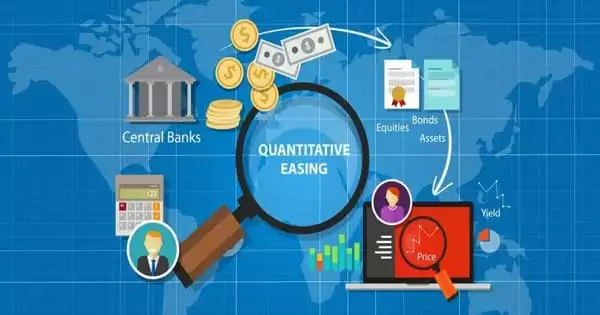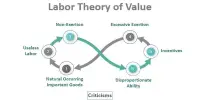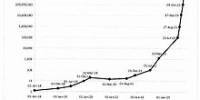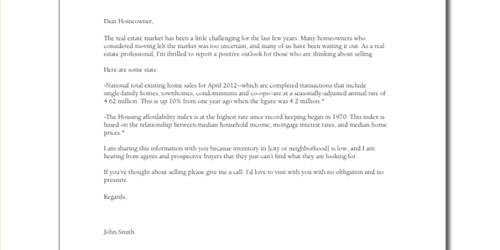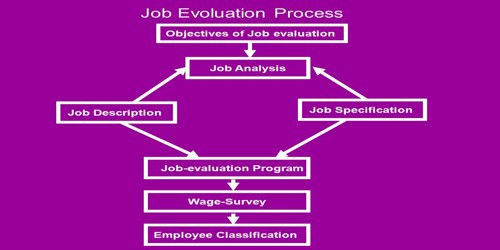Quantitative easing (QE) is a type of unconventional monetary policy in which a central bank buys longer-term securities on the open market to increase the money supply and encourage lending and investment. It is a monetary policy in which a central bank purchase predetermined amounts of government bonds or other financial assets (e.g., municipal bonds, corporate bonds, stocks, etc.) to inject money into the economy in order to stimulate economic activity. It is a monetary policy that is used on occasion by the government to increase the money supply in the economy in order to increase lending by commercial banks and consumer spending.
Quantitative easing is a type of unconventional monetary policy that is typically used when inflation is very low or negative and standard monetary policy instruments have become ineffective. Purchasing these securities injects new money into the economy while also lowering interest rates by bidding up fixed-income securities. It also broadens the balance sheet of the central bank. Its goal is to keep prices stable or to keep inflation at a low level. These policies, however, have the potential to severely backfire, resulting in extremely high levels of inflation.
A central bank implements quantitative easing in the same way that conventional open-market operations are used to implement monetary policy by purchasing financial assets from commercial banks and other financial institutions, raising the prices of those financial assets and lowering their yield while simultaneously increasing the money supply. When short-term interest rates are at or near zero, a central bank’s normal open market operations, which target interest rates, are no longer effective. In contrast to normal policy, quantitative easing entails the large-scale purchase of riskier assets (rather than short-term government bonds) in predetermined amounts over a predetermined period of time.
When a central bank’s nominal interest rate target approaches or reaches zero, it usually resorts to quantitative easing. Instead, a central bank can purchase specific amounts of assets. Due to the low returns on other financial assets, extremely low-interest rates create a liquidity trap, in which people prefer to hold cash or very liquid assets. Quantitative easing expands the money supply by purchasing assets with newly created bank reserves to provide more liquidity to banks. This makes it difficult for interest rates to fall below zero; instead of lowering interest rates further, monetary authorities may use quantitative easing to stimulate the economy.
Central banks use quantitative easing to increase the supply of money by purchasing government bonds and other securities. Lowering interest rates is achieved by increasing the supply of money. Banks can lend on more favorable terms when interest rates are low. Because central banks have fewer tools to influence economic growth at this point, quantitative easing is typically implemented when interest rates are already near zero.
Quantitative easing is a new and ineffective policy. The program makes valid points about how traders benefited unfairly, and it is also important to note that Q.E. has created a strong political and economic pressure group to keep Q.E. going for selfish reasons. It is also very uncertain what will happen as the economy returns to normal and the Central Banks try to taper and end Q.E.
